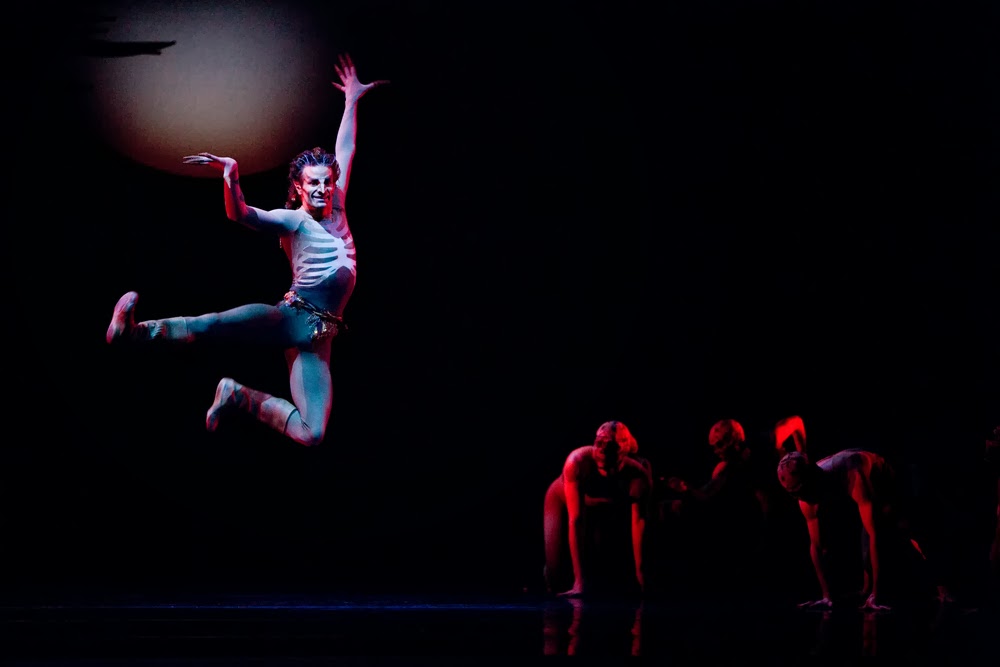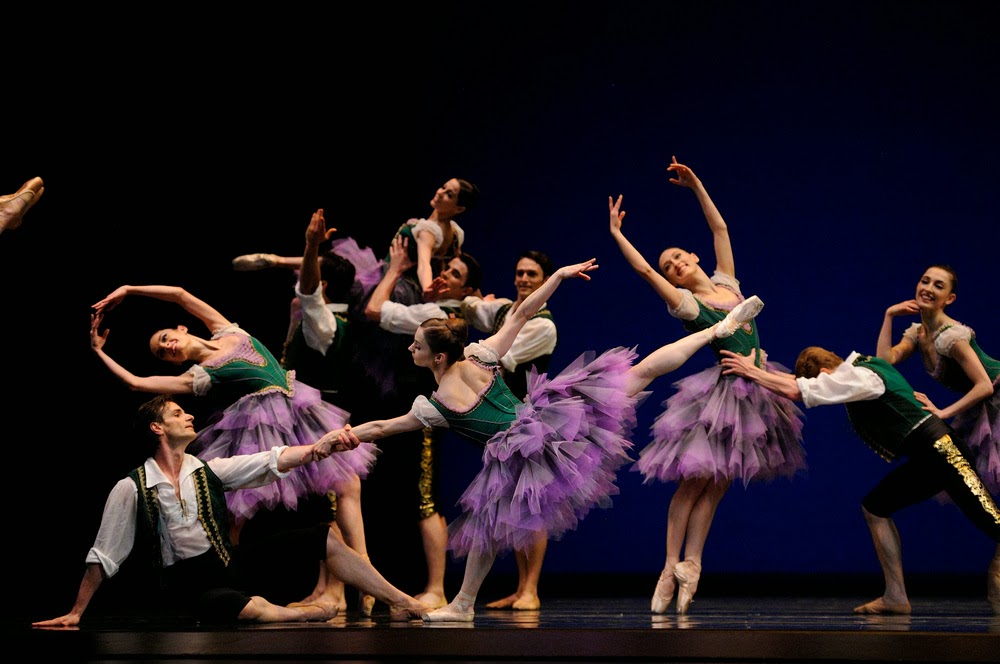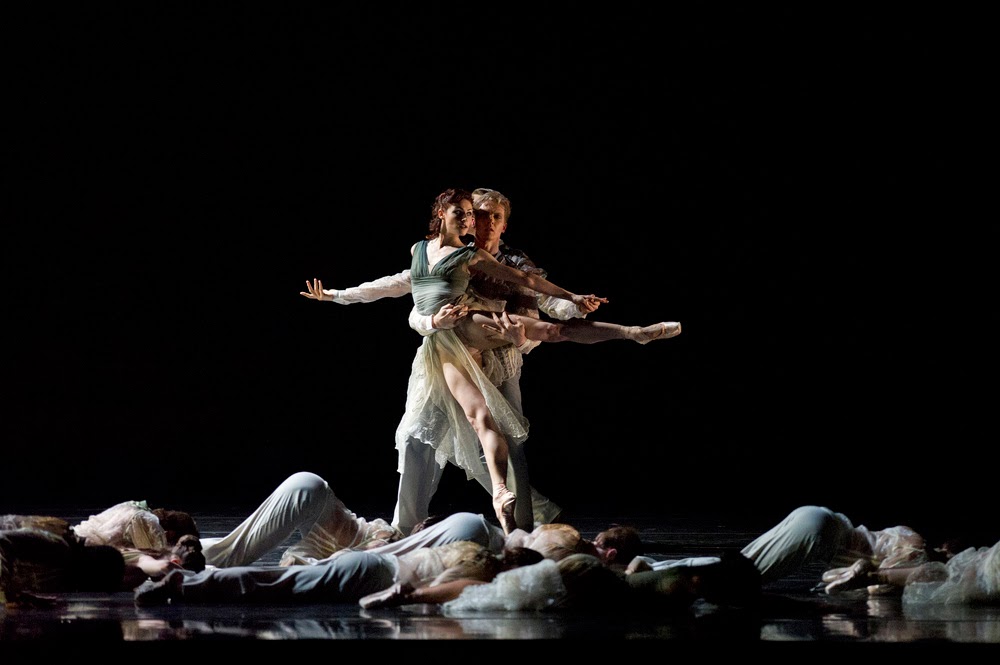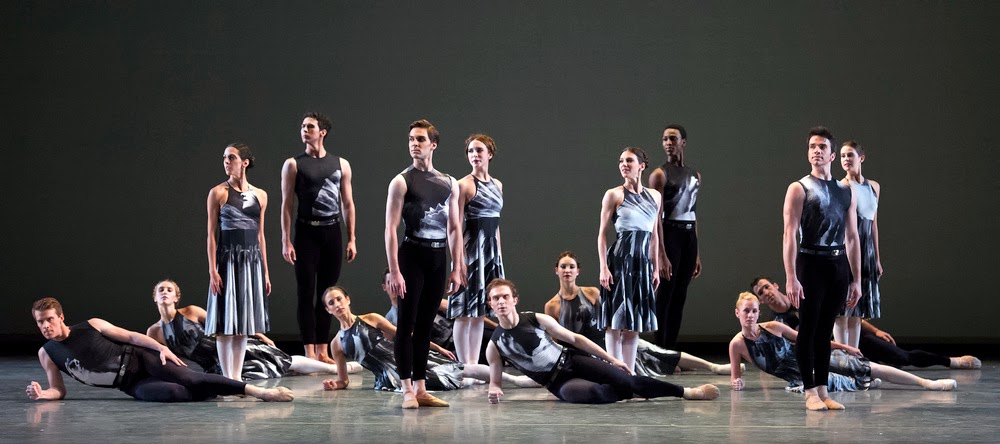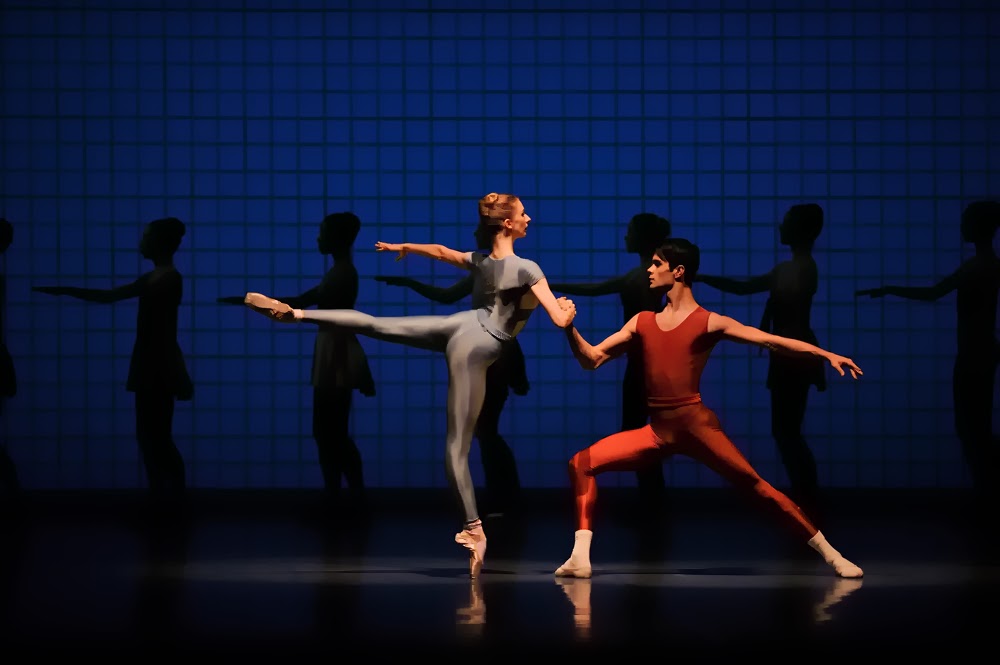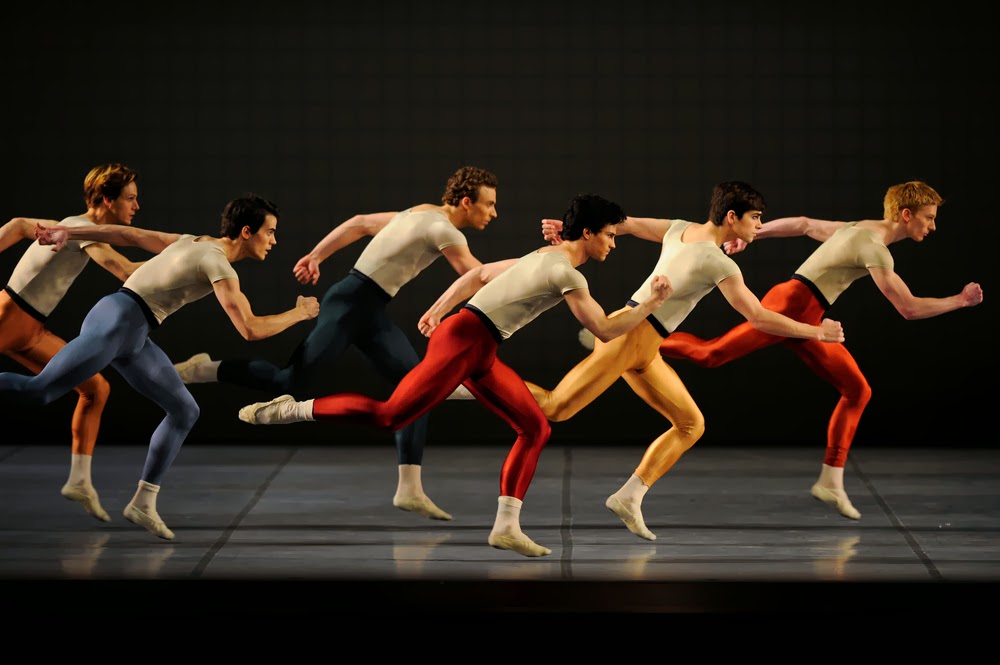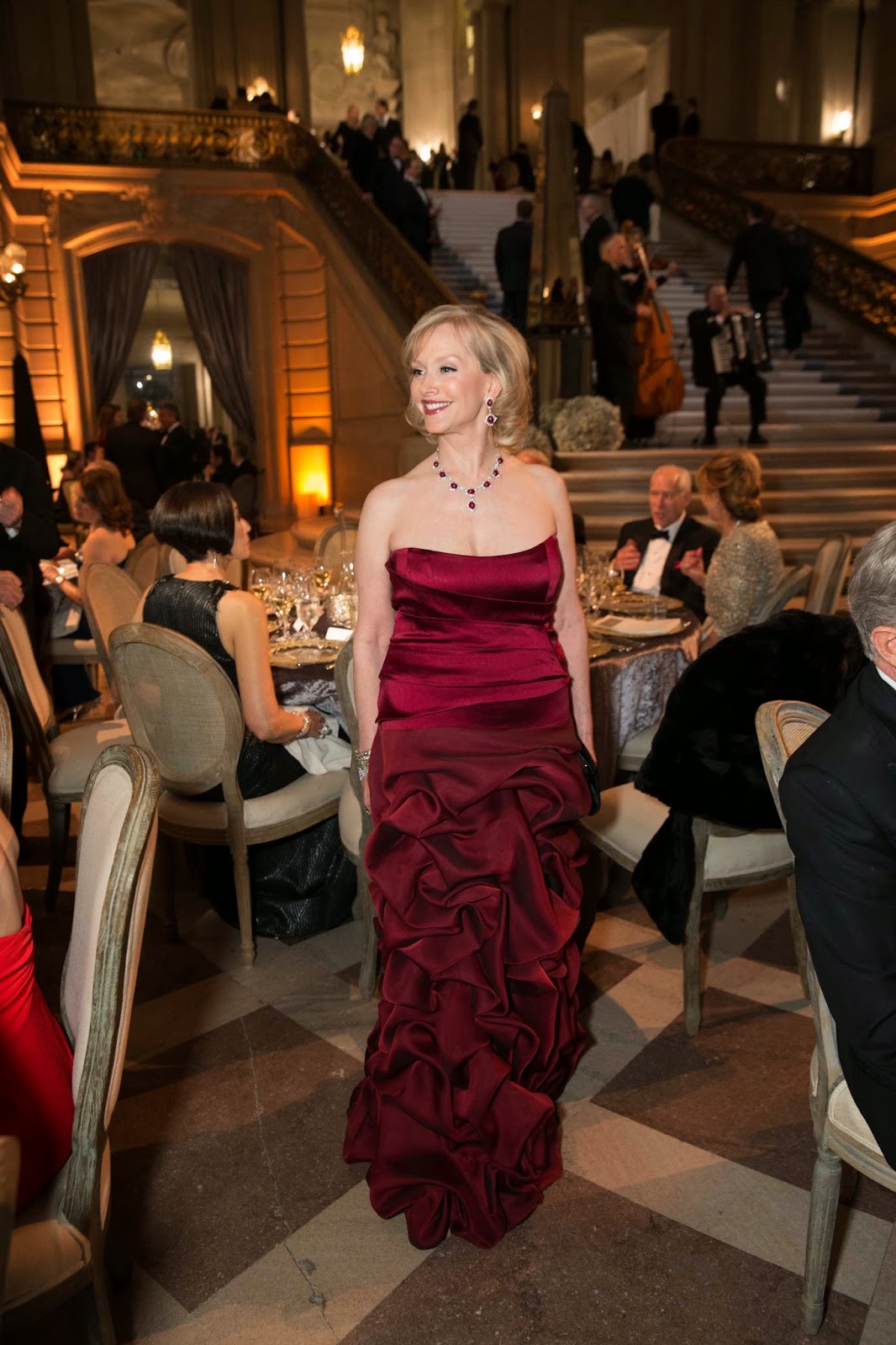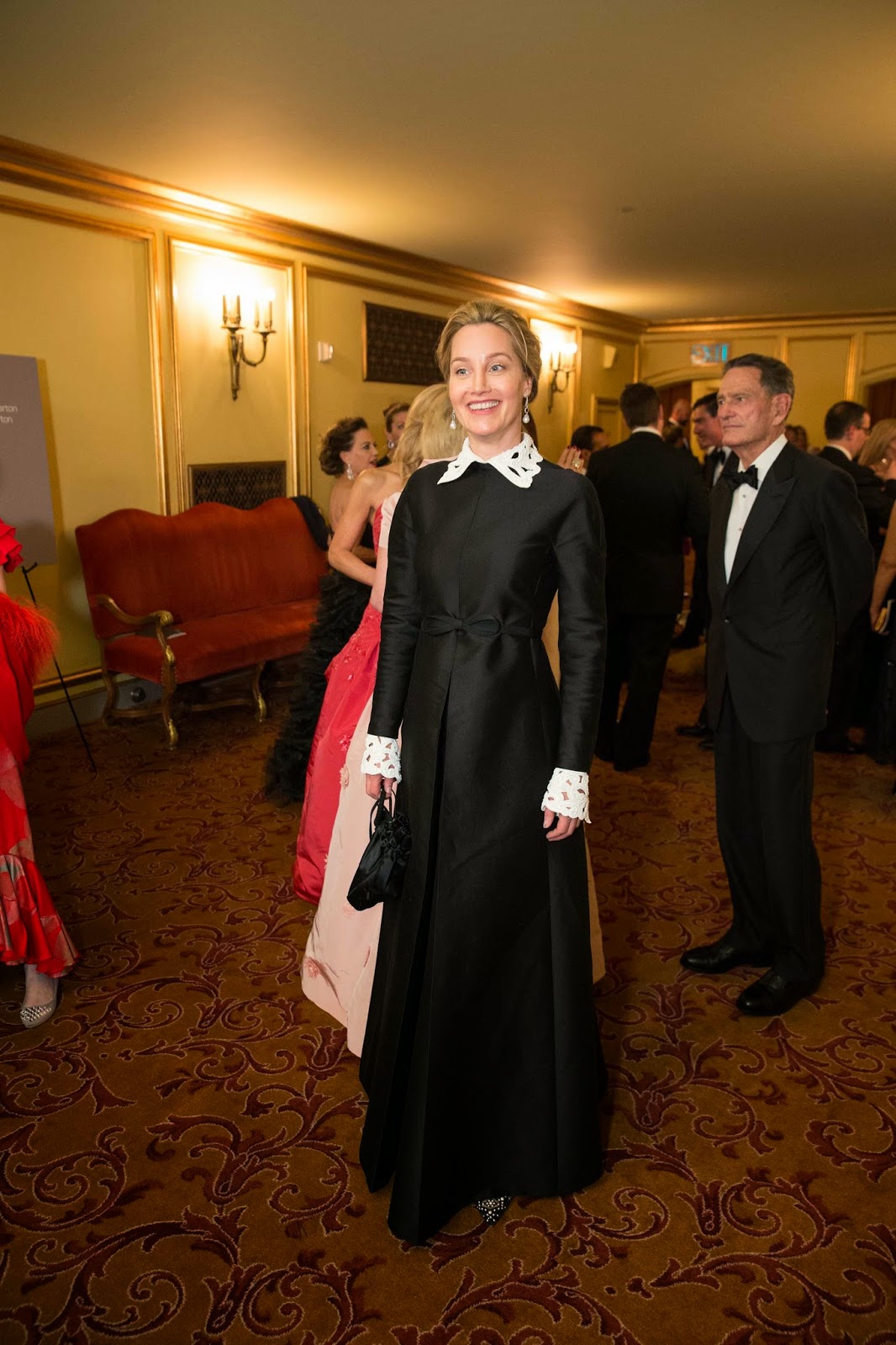THE STYLE SALONISTE FAVORITES: This week, a fresh look at one of my favorite travel stories. It's about Modernism gallery founder/director the great Martin Muller—but it is also about my discoveries, adventures, emotional literary connections and finds along the Riviera. Come with me for a recap of this dreamy escape.
International art Dealer Martin Muller at the Legendary Hotel Belles-Rives
The Hotel Belles Rives in Juan-les-Pins near Cannes was the location for the summer house of Scott and Zelda Fitzgerald. This glorious thirties-style hotel, privately owned by Marianne Estène-Chauvin, and its private beach inspired locations for ‘Tender is the Night’.

Each summer for the last three decades, the Hotel Belles Rives ('beautiful shores') has been the private retreat for international art dealer, Martin Muller. Martin is the founder and owner of Modernism gallery in San Francisco and a longtime friend. Each year he sends me postcards, small works of art, all handmade and evocative of sea air and the timeless and ineffable beauty of Juan-les-Pins.
In his sea-view suite (the same one each year, with furniture, paintings and décor arranged precisely to his wishes) Martin paints and collages while below on the sheltered beach an international coterie of guests swim, lunch, sip rose, and snooze all along the sun-struck day.


Martin sends his postcards, all with personal notes and beautiful stamps, to his artists and pals around the world, who collect them avidly. At the heart of his art is always the Hotel Belles Rives.
Muller has attracted a superbly curated list of artists (John Register, Peter Lodato, Valentin Popov, Charles Arnoldi, Gottfried Helnwein, Naomie Kremer and 50 more) as well as a passionate, curious, devoted and loyal clientele and fans around the world.
Martin has many qualities his friends adore and appreciate. He’s a romantic, he entertains generously, he is not pretentious, and he’s charming and witty. But best of all, if you are one of his artists or one of his inner circle, every August you receive a hand-painted and collaged post card, a miniature work of art to save in an album.
The Hotel Belles-Rives was built in the thirties around the residence where F. Scott Fitzgerald, Zelda swam and sunbathed and entertained friends in the twenties (Villa St-Louis)... Over many decades, the Estene family, which still owns the hotel, has protected the grace and legacy and today it is a shrine to Fitzgerald, the twenties and thirties, and a certain art-de-vivre and joie-de-vivre from that period.
“Already as a child, I used to spend part of the summer in Juan-les-Pins, a small Mediterranean town located between Nice and Cannes,” Muller told me by phone from Paris, in a conversation that we later continued in Venice. “By my mid-thirties, spending the end of the summer at the Belles-Rives became an annual ritual, an essential stop. I dream of it all year. It’s like going home. It is a magical place, infused with an elegant style and glamour reminiscent of the 1920s.”
Muller continued, “Unlike many nearby palaces that are now crowded with Russian oligarchs, Middle-Eastern oil barons, and international movie and rock stars, the Belles Rives has managed to retain a certain Proustian charm. It is a family place of another era, elegant but understated. It is as if time has stopped. It is far away from the otherwise omnipresent loudness of bling-bling”.
“Orgues, calme et volupte”
Muller always reserves the same room, #67, which has a balcony overlooking the Mediterranean and the small cove in front of the hotel, protected by a breakwater.


“I am there for a sense of ‘times past’ and to take a step back,” said Muller. “I savor the privacy, the sense of being away from the crowd. I savor also the sweet sea breeze most of the day in my room, listening to music, reading, writing and making small artworks, most of the time in the form of postcards.”
With windows wide open, the light, Muller, the art dealer, senses the air and light loved so much by Matisse, bathing the space, the glorious and unobstructed view of the sea, the art deco furnishings, create a perfect and sensual stage conducive to restorative daydreaming.
Photographs above, by Jean-Michel Sordello, show Martin Muller wearing a bespoke seersucker suite in his favored Belles Rives suite, #67, with is favorite desk arranged with his books, watercolors, inks, brushes, pens and pencils—and post cards ready for collaging, painting, and stamping.
International art Dealer Martin Muller at the Legendary Hotel Belles-Rives
The Hotel Belles Rives in Juan-les-Pins near Cannes was the location for the summer house of Scott and Zelda Fitzgerald. This glorious thirties-style hotel, privately owned by Marianne Estène-Chauvin, and its private beach inspired locations for ‘Tender is the Night’.

Each summer for the last three decades, the Hotel Belles Rives ('beautiful shores') has been the private retreat for international art dealer, Martin Muller. Martin is the founder and owner of Modernism gallery in San Francisco and a longtime friend. Each year he sends me postcards, small works of art, all handmade and evocative of sea air and the timeless and ineffable beauty of Juan-les-Pins.
In his sea-view suite (the same one each year, with furniture, paintings and décor arranged precisely to his wishes) Martin paints and collages while below on the sheltered beach an international coterie of guests swim, lunch, sip rose, and snooze all along the sun-struck day.


Martin sends his postcards, all with personal notes and beautiful stamps, to his artists and pals around the world, who collect them avidly. At the heart of his art is always the Hotel Belles Rives.
“BIS REPETITA PLACENT”Since the seventies, legendary international art dealer Martin Muller has gathered a stunning roster of artists to his San Francisco gallery, Modernism. He was the first West Coast gallery to exhibit Kasimir Malevich, and the first in Northern California to show Andy Warhol. More than 300 exhibitions have encompassed Dada, Cubism, Surrealism, Vorticism, German Expressionism, and foremost, the Russian Avant-Garde 1910-1930.
“Les choses repetees, redemandees, plaisent”
“Favorite things, enjoyed, savored, experienced, and repeated, bring rare and special pleasure.”
Muller has attracted a superbly curated list of artists (John Register, Peter Lodato, Valentin Popov, Charles Arnoldi, Gottfried Helnwein, Naomie Kremer and 50 more) as well as a passionate, curious, devoted and loyal clientele and fans around the world.
Martin has many qualities his friends adore and appreciate. He’s a romantic, he entertains generously, he is not pretentious, and he’s charming and witty. But best of all, if you are one of his artists or one of his inner circle, every August you receive a hand-painted and collaged post card, a miniature work of art to save in an album.
The Hotel Belles-Rives was built in the thirties around the residence where F. Scott Fitzgerald, Zelda swam and sunbathed and entertained friends in the twenties (Villa St-Louis)... Over many decades, the Estene family, which still owns the hotel, has protected the grace and legacy and today it is a shrine to Fitzgerald, the twenties and thirties, and a certain art-de-vivre and joie-de-vivre from that period.
“Already as a child, I used to spend part of the summer in Juan-les-Pins, a small Mediterranean town located between Nice and Cannes,” Muller told me by phone from Paris, in a conversation that we later continued in Venice. “By my mid-thirties, spending the end of the summer at the Belles-Rives became an annual ritual, an essential stop. I dream of it all year. It’s like going home. It is a magical place, infused with an elegant style and glamour reminiscent of the 1920s.”
Muller continued, “Unlike many nearby palaces that are now crowded with Russian oligarchs, Middle-Eastern oil barons, and international movie and rock stars, the Belles Rives has managed to retain a certain Proustian charm. It is a family place of another era, elegant but understated. It is as if time has stopped. It is far away from the otherwise omnipresent loudness of bling-bling”.
“Orgues, calme et volupte”
Muller always reserves the same room, #67, which has a balcony overlooking the Mediterranean and the small cove in front of the hotel, protected by a breakwater.


“I am there for a sense of ‘times past’ and to take a step back,” said Muller. “I savor the privacy, the sense of being away from the crowd. I savor also the sweet sea breeze most of the day in my room, listening to music, reading, writing and making small artworks, most of the time in the form of postcards.”
With windows wide open, the light, Muller, the art dealer, senses the air and light loved so much by Matisse, bathing the space, the glorious and unobstructed view of the sea, the art deco furnishings, create a perfect and sensual stage conducive to restorative daydreaming.
“Noon dominated sea and sky—even the while line of Cannes five miles off, had faded to a mirage of what was fresh and cool. It seemed there was no life anywhere in all this expanse of coast except under the filtered sunlight of those umbrellas, where something went on amid the color and the murmur.”—From ‘Tender is the Night’, by F. Scott Fitzgerald 1933.
Photographs above, by Jean-Michel Sordello, show Martin Muller wearing a bespoke seersucker suite in his favored Belles Rives suite, #67, with is favorite desk arranged with his books, watercolors, inks, brushes, pens and pencils—and post cards ready for collaging, painting, and stamping.
Remembrance of Times Passed
The Hotel Belles Rives in Juan-les-Pins
In June, I had the good fortune to be researching Matisse and Picasso in the South of France (more of those delights in future blogs).
And through great luck and perhaps fate, I ended up at the Hotel Belles Rives in Juan-les-Pins near Cap d’Antibes. This is where my dear friend art dealer Martin Muller retreats each August—and from where I receive his postcards.
The hotel has great architectural significance and is a listed building, with many of the original murals, furniture, lighting, and fixtures designed in the thirties.
Recent discreet and artful restoration by designer Olivier Antoine spruced up the color scheme, adding new fresco in the thirties style, freshening the burled woods and figured velvets, and adding chandeliers in bronze and alabaster to illuminate the original cornices, and elegant wrought iron doors with brass handles to frame the entry.
F. Scott Fitzgerald and his wife Zelda and their pals lingered on the beach, swam out into the Mediterranean, and gathered a cast of characters who inspired ‘Tender is the Night’.
“On the pleasant shore of the French Riviera, about halfway between Marseilles and the Italian border, stands a large, proud, rose-colored hotel. Deferential palms cool its flushed façade, and before it stretches a short-dazzling beach. Lately it has become a summer resort of notable and fashionable people; a decade it was almost deserted after its English clientele went north in April. Now, many bungalows cluster near it, but when this story begins only the cupolas of a dozen villas are visible among the massed pines.”—From ‘Tender is the Night’’, F. Scott Fitzgerald, 1933.A member of the third generation of this family, the charming and low-key Marianne Estène-Chauvin, is now the proprietor of the establishment. She told me more about what had happened at this villa, how her grandfather has acquired the Fitzgerald house and turned it into a hotel, enlarging it over the years.
During World War II, various marauders took over much of the Cote d'Azur, and the Belle Rives was grabbed from the Estène family. The place fell into disrepair during the war years. When he was able to return safely, Boma Estène came back to pick up the pieces and regain ownership.
The Estène family has taken great care to preserve the hotel's poetic 1930s style, with its original Art Deco furniture, a variety of Cubist paintings, and some decor dating from the hotel's days as Fitgerald's Villa St-Louis.
Each accomodation of the 43-room/suite hotel has its own character. The effect, however, is cohesive and charming. Room #78, on the top floor, has a light-hearted Art Deco feeling with a color scheme of pale blue and yellow. It is one of six suites with dramatic bay windows. Room #50, in palest apricot has a private terrace. Suite #95 has a graceful balcony.
All the rooms have marble bathrooms in a color that was described to me as ‘Cuisse de Nymphe Emue’ (Thigh of an aroused nymph). It’s a soft warm beige. Some rooms are in the Madeleine Castaing style, and others offer a wink to Christian Berard, lightly rendered.
I’ve already dropped the names of the Fitzgeralds, and the hotel was visited in the early days by everyone I'd love to meet—Pablo Picasso (and his mother), Paloma Picasso (and her mother, Francoise Gilot), and Hemingway. Let’s not stop there: the Duke and Duchess of Windsor, Josephine Baker, Cab Calloway, Helmut Newton and his wife Alice Springs (real name June), Jacques-Henri Lartigue, Miles Davis, Edith Piaf, and Charles Trenet (of course) have been guests.
The Hotel Belles Rives recently welcomed the highly acclaimed chef, Alain Llorca, who with great panache took over the kitchens. His virtuoso talent brings dazzle to the glamorous La Passagere restaurant.
Llorca’s refined and inventive cuisine is inspired by classic Mediterranean and Spanish culinary traditions. It is resolutely and creatively seasonal, presenting the best of the day’s catch and the most exquisite fruits and vegetables from nearby farms. His emphasis is always on the sea—it’s a blue vision just beyond the terrace—so he puts on the plate both a summer and a winter version of bouillabaisse, made with precision and a sense of modernity.
Imagine starting with his witty amuse-bouche, a foie-gras bonbon. It’s a one-bite wonder, a tiny lozenge of creamy foie-gras ‘wrapped’ in crisp spun sugar just like a candy.
A recent menu in Picasso’s honor included a deconstructed pizza (witty), saddle of lamb, and a chocolate confection with exquisite fruit, 90 euro, per person, drinks extra.
Selections might include John Dory cooked paella-style, or perhaps Pyrenees pigeon with roasted hazelnuts and a coffee sauce. A Brittany lobster spiked with verbena is served with ‘Grandma’s potatoes”. Llorca pays homage to French regional favorites, yet each feels of today, with a light touch.
Desserts, including an iced red berry cheesecake served in a shot glass, and dark chocolate shell with silver leaf, with exotic fruit, are a little frivolous and perfect for this seaside setting.
During dinner, as a summer storm and lighting raged far out to sea, I walked through to the Fizgerald piano bar and asked the pianist, Thierry Graziano, to play ‘La Mer’ (the Charles Trenet song, not the Debussy piece.) As the first slow and tender notes sounded from the old black Baldwin, I walked out onto the terrace and watched lights flickering across the sea.
Somewhere at a slight distance, I could hear the laughter of Scott and Zelda, Champagne corks popping, and even the piano music seemed to be coming from another time. That’s the magic of the Belles Rives.
In one corner of the foyer, near the entrance to the Bar Fitzgerald is a wall-mounted marble plaque with F. Scott Fitzgerald's name and quote (from a letter home) that reads:
"With our being back in a nice villa on my beloved Riviera (between Cannes and Nice) I'm happier than I've been for years. It's one of those strange, precious and all too transitory moments when everything in one's life seems to be going well." —F. Scott Fitzgerald, March 15, 1926, Juan-les-Pins
Hotel Belles Rives, 33, blvd Edouard Baudoin, Juan-les-Pins/ Cap d’Antibes. Phone 33 (0)4 93 61 02 79 For more information on rates and reservations: www.bellesrives.com
To find out more about the region, its museums and galleries, its architecture, and artists who lived and painted in the region: www.guideriviera.com

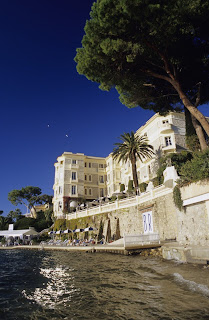
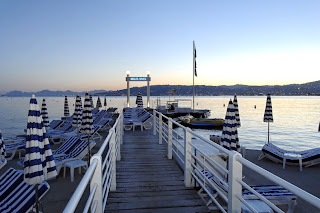


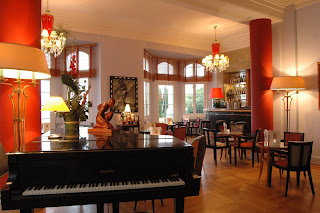


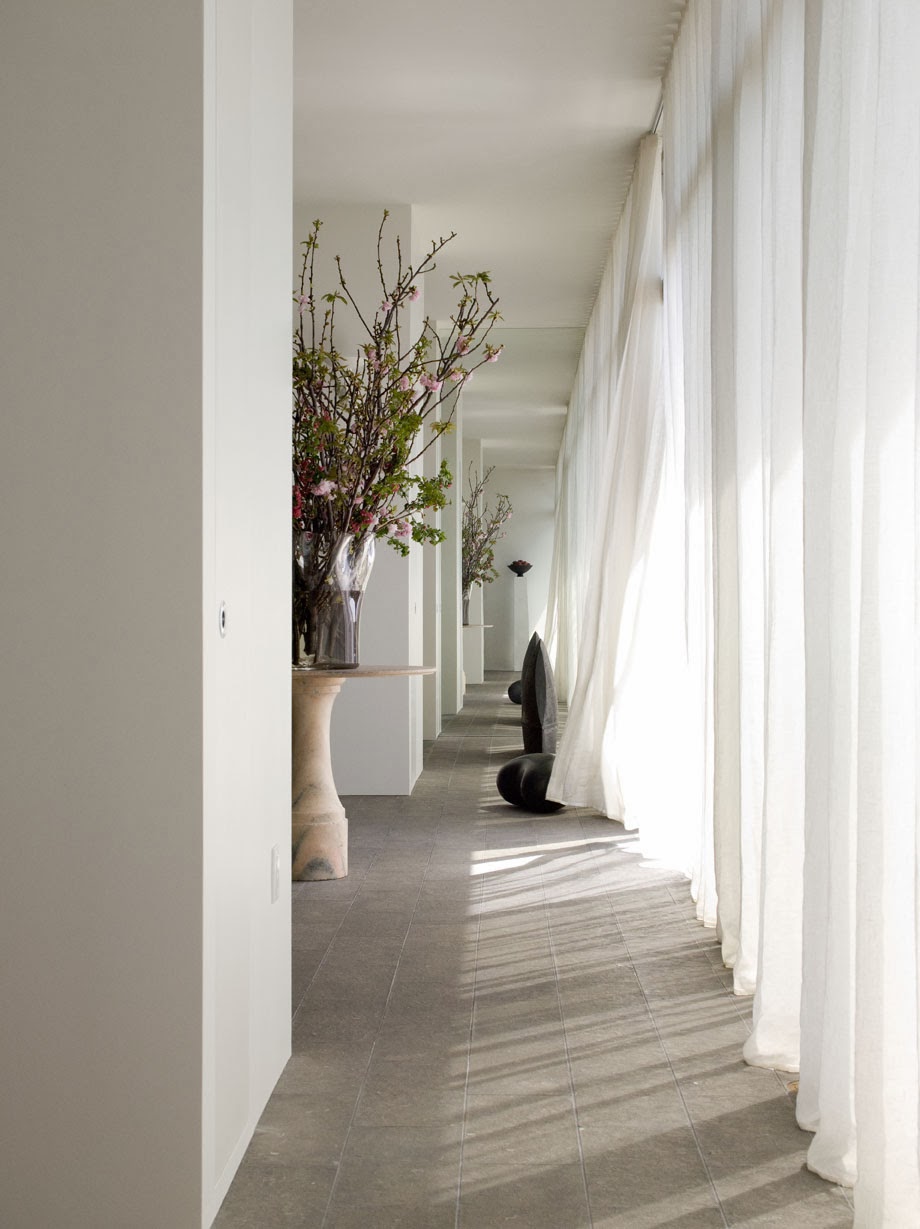
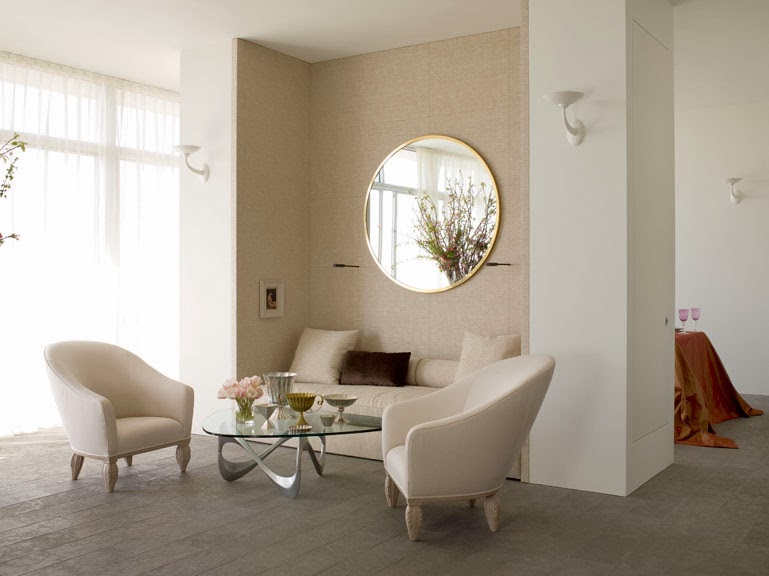
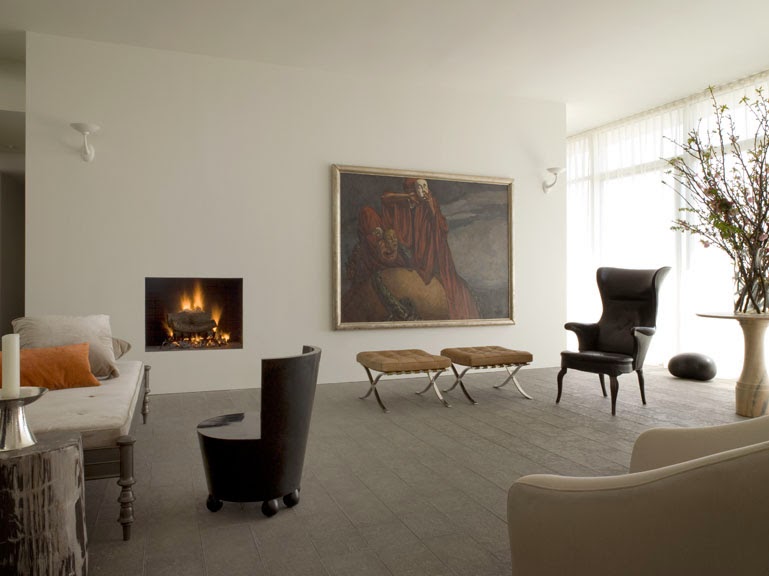

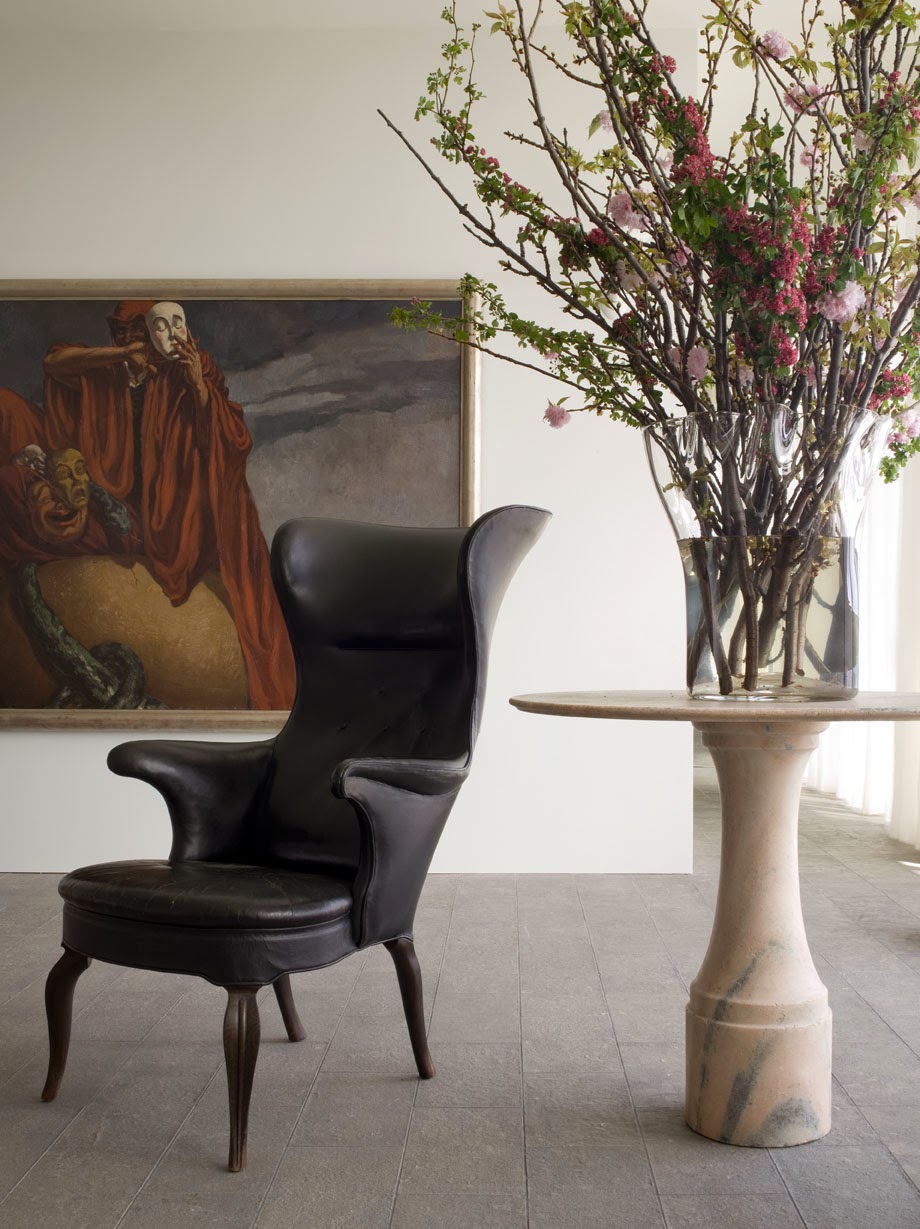




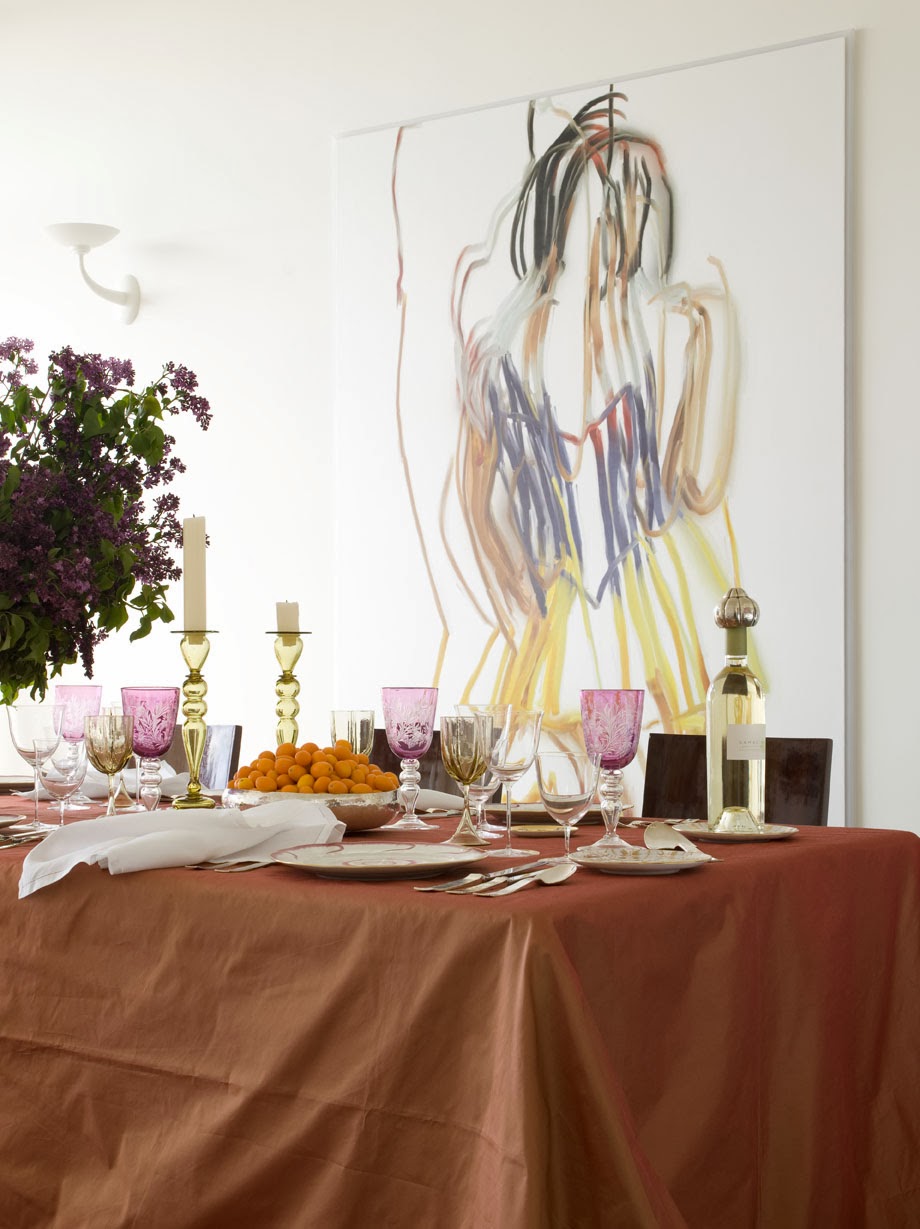







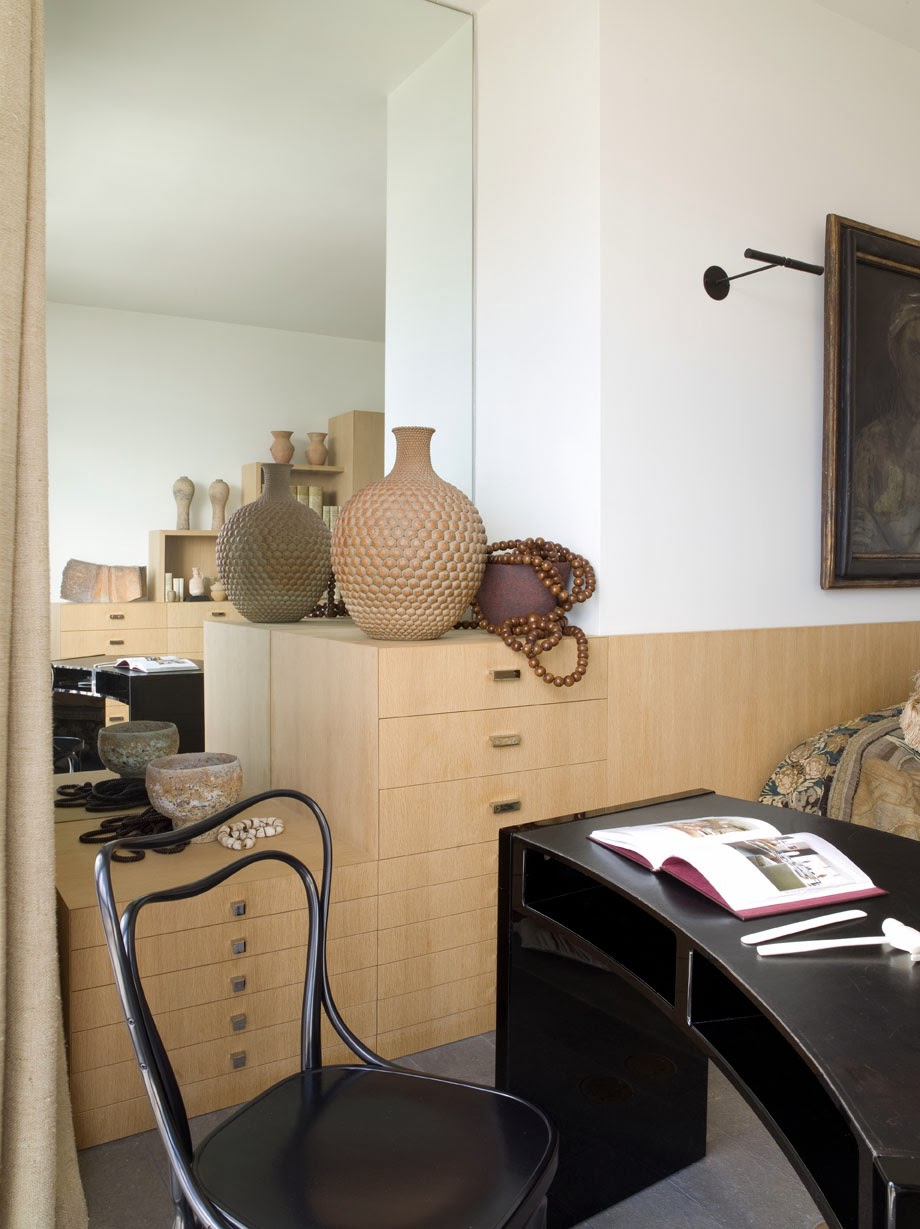
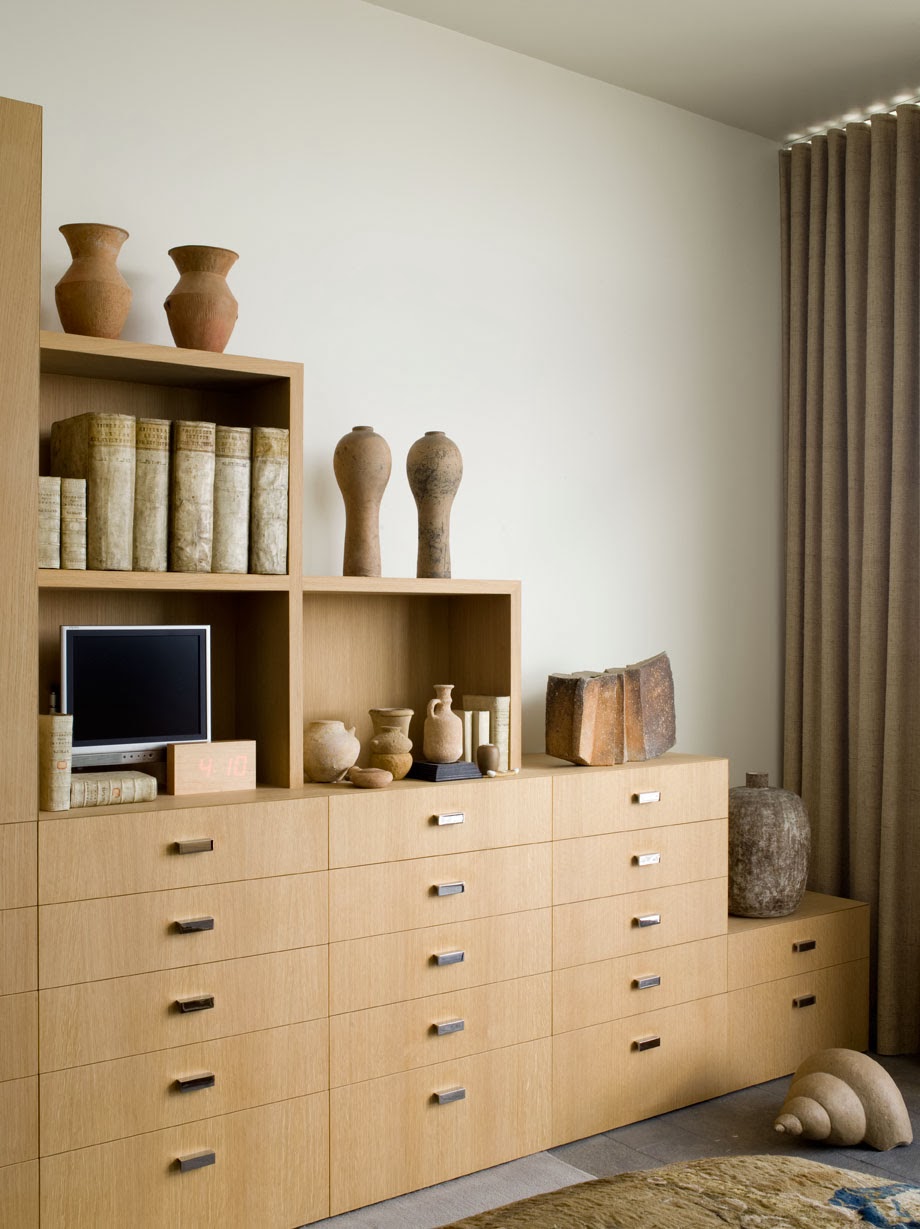





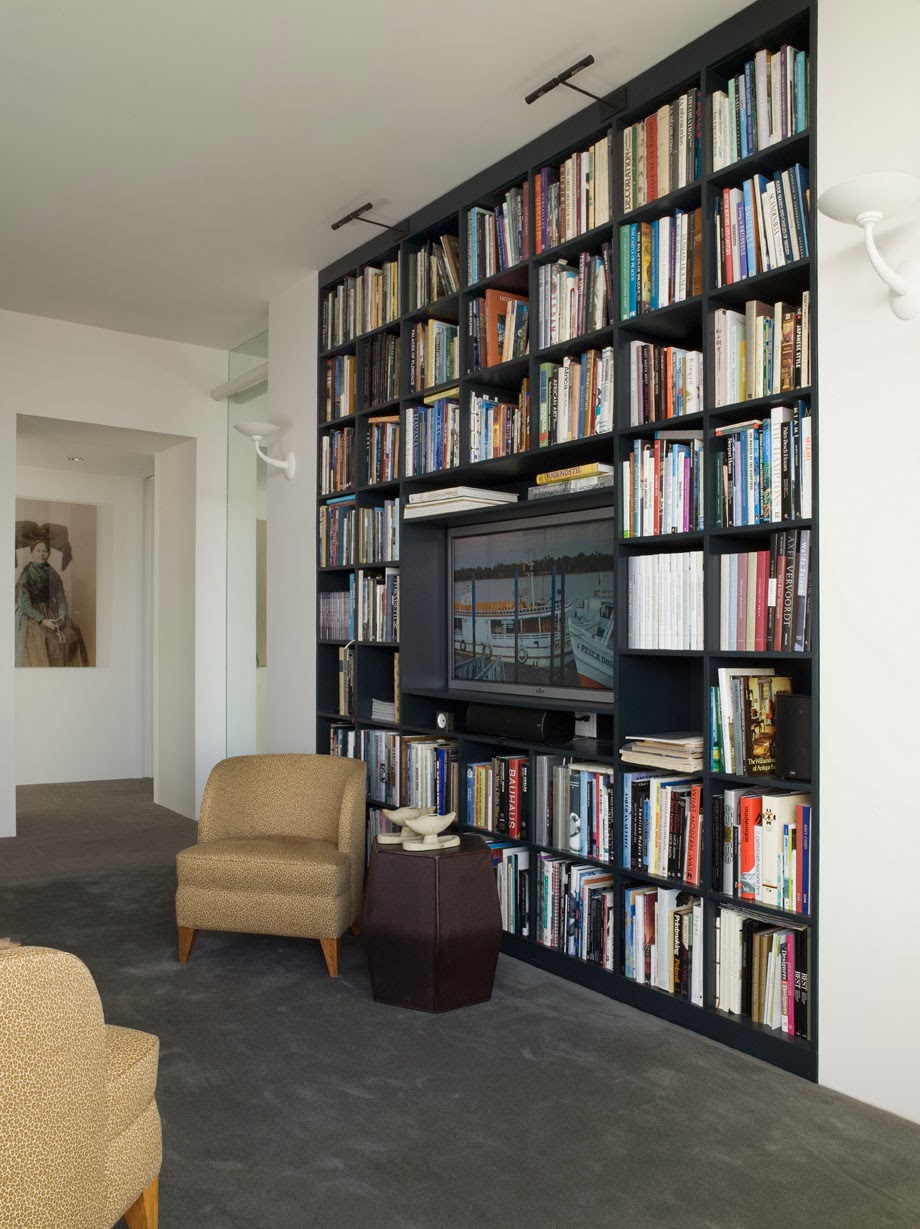

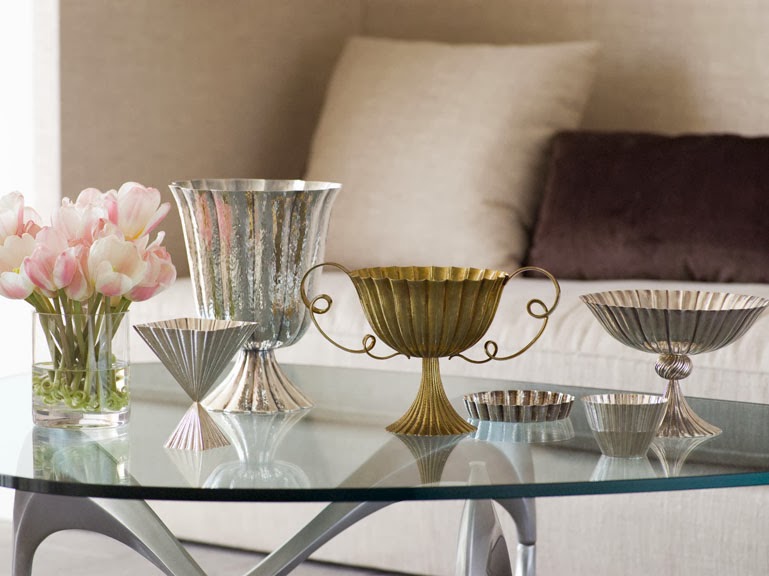


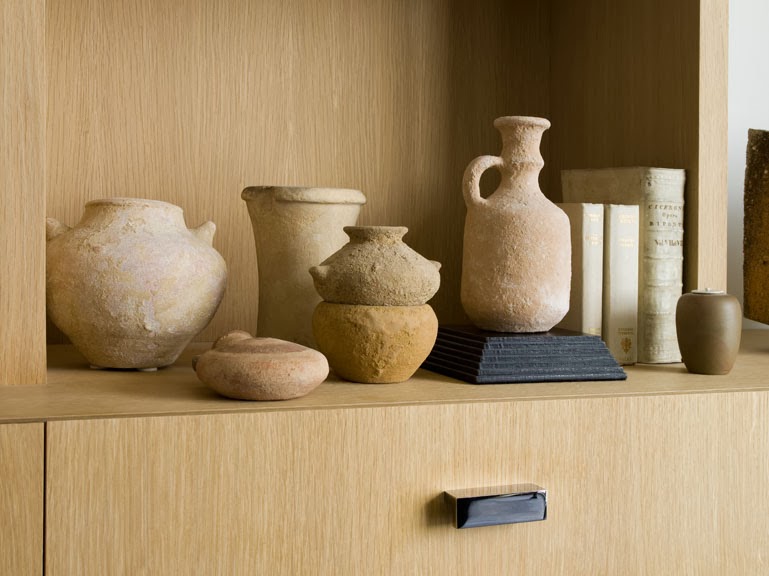
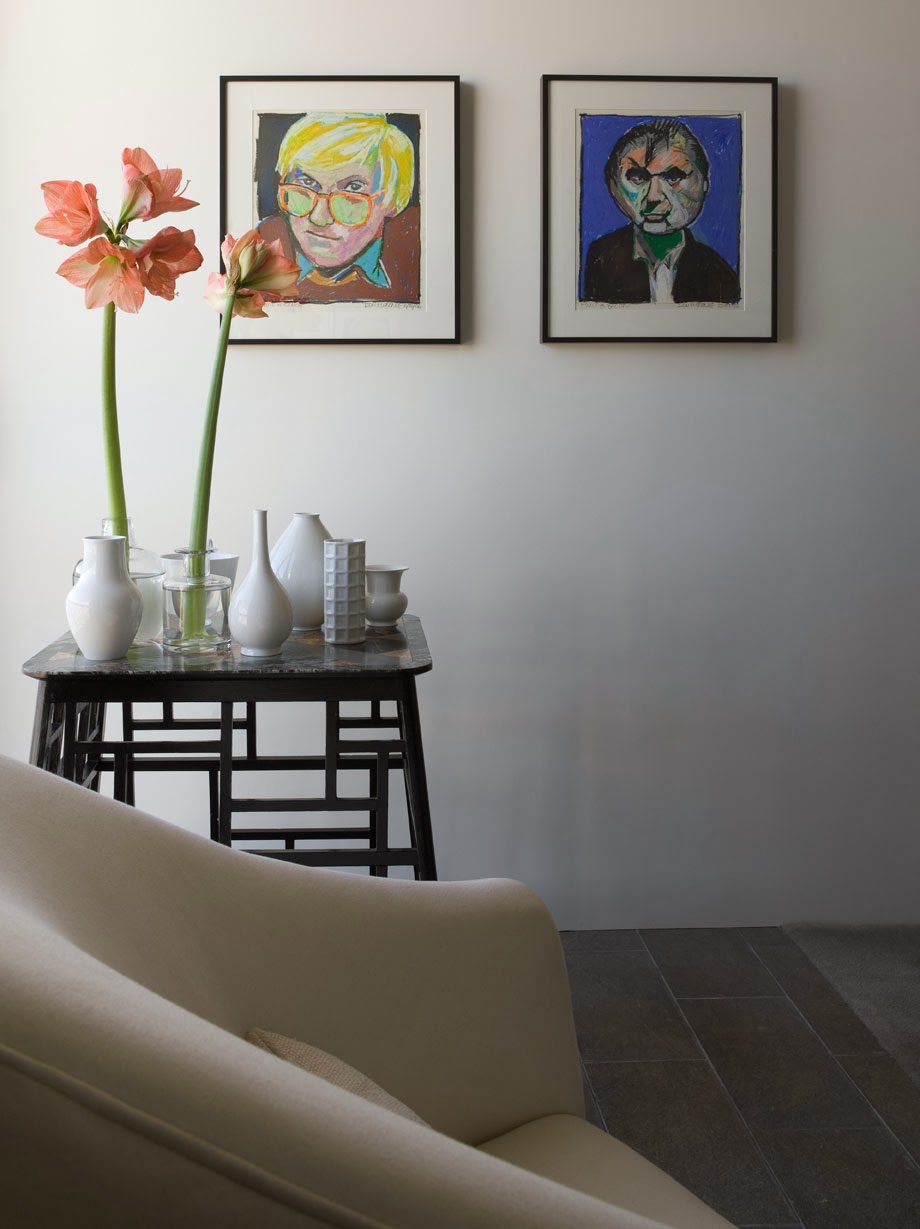
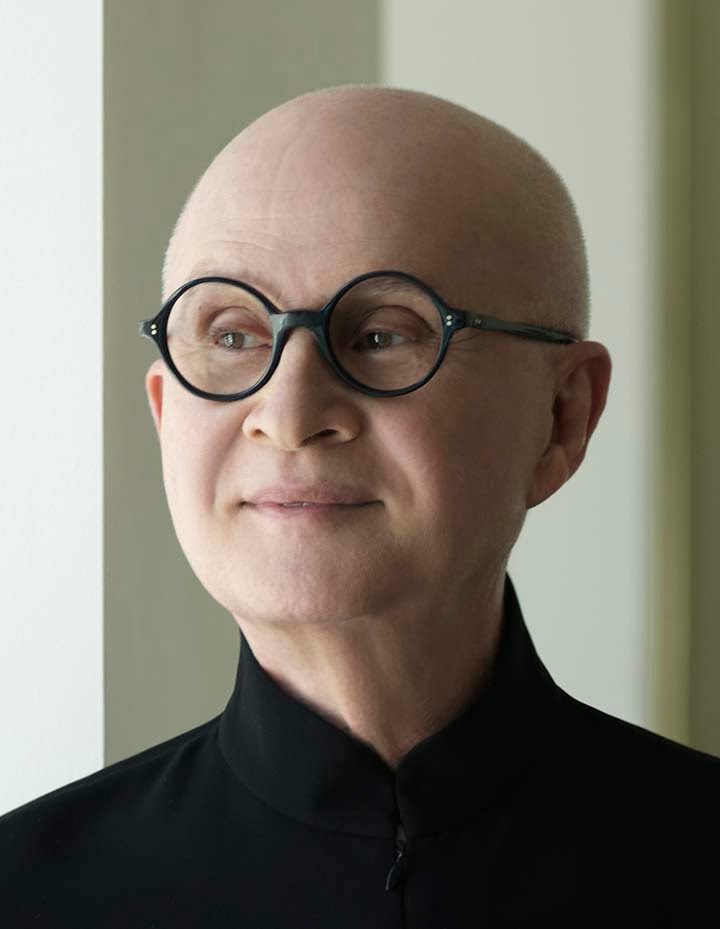.jpg)





